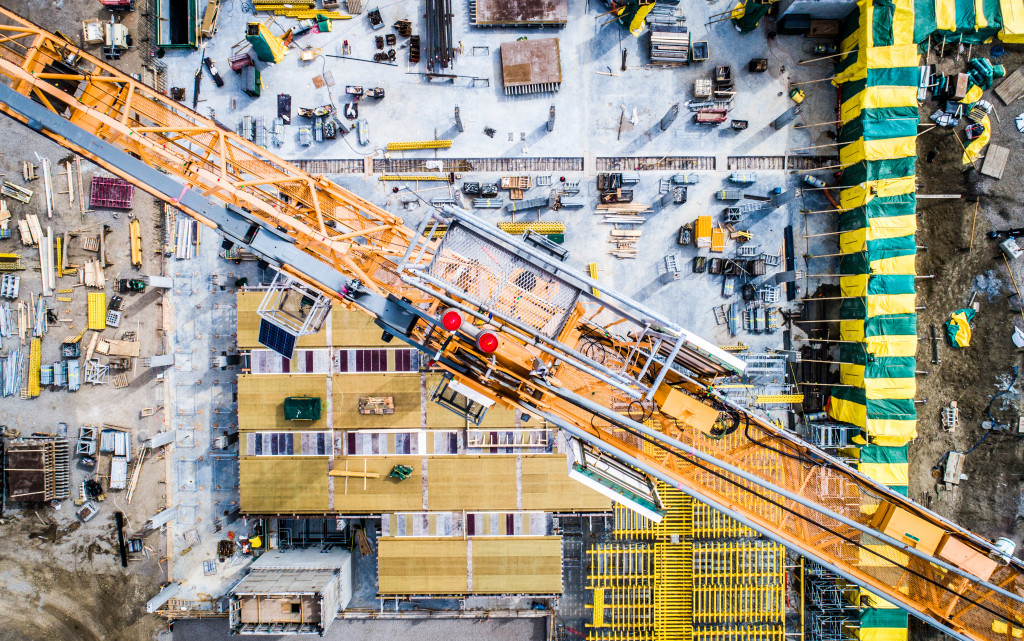As Charles Dickens wrote, “It was the best of times. It was the worst of times.” These two different periods that used to describe something fictional are now a reality. The world now faces a common but invisible pathogen that’s killing thousands and closing businesses.
What does this mean for the construction industry that still faces usual problems like labor shortage? How can companies keep themselves together amid rapidly dwindling customers?
1. Invest in Time-Saving Supplies and Equipment
While the construction industry forecast points up, it still faces many challenges. One of these is a labor shortage. In 2019, the United States had over 7.5 million open jobs, but fewer than 7 million looked for employment.
Fewer workers can mean higher labor costs to hire and keep them. More expensive labor then increases the total spending for a project. Fortunately, contractors and builders can explore many ways to save money without reducing efficiency and productivity. One of these is by investing in more modern supplies and equipment.
For example, they can now use self-drilling decking screws for steel or timber. They won’t need pre-drilling anymore so that they can save time. Another option is self-tapping screws, which can attach materials without splitting wood.
They can also spend on computer numerical control (CNC) machines, which can hasten productivity while creating precise designs. These tools will need fewer people to operate.
2. Hire Temporary Workers

The demand for construction can be seasonal. A perfect example is COVID-19 pandemic, which is shutting down businesses and homes. It will negatively impact the need for building and maintenance, at least for a few months.
Although the massive global lockdown will affect economies, nobody is sure about the severity or whether it will lead to another recession. Either way, construction businesses can prepare ahead by learning how to hire temporary workers.
They can contact staffing agencies that will provide enough people to carry projects, especially during peak seasons. The company then has the option to end the contract by then or hire them ultimately. This level of flexibility may be necessary to help businesses improve their cash flow as soon as things start going back to normal.
3. Learn to Expand and to Pivot
Competition in the construction industry is already fierce, while the uncertain times brought about by the epidemic make it shaky. How can players keep themselves afloat in these scenarios? They can do two things: expand and pivot.
To expand means to add more to their line of services. For example, construction teams can also include landscaping or interior design. According to the Bureau of Labor Statistics (BLS), the demand for the latter will increase by 4% between 2018 and 2028.
They can also pivot, which implies that they redirect their efforts to something more profitable or productive. For instance, during the coronavirus epidemic, construction companies can partner with healthcare facilities to build isolation areas or makeshift hospitals, as well as expanding areas. They can also produce medical supplies, such as face shields or beds.
Construction remains a significant contributor to a country’s gross domestic product, so it’s likely to survive despite the trying times. The question is, which of the companies will remain? With these ideas, hopefully, many can still get through the other side.

